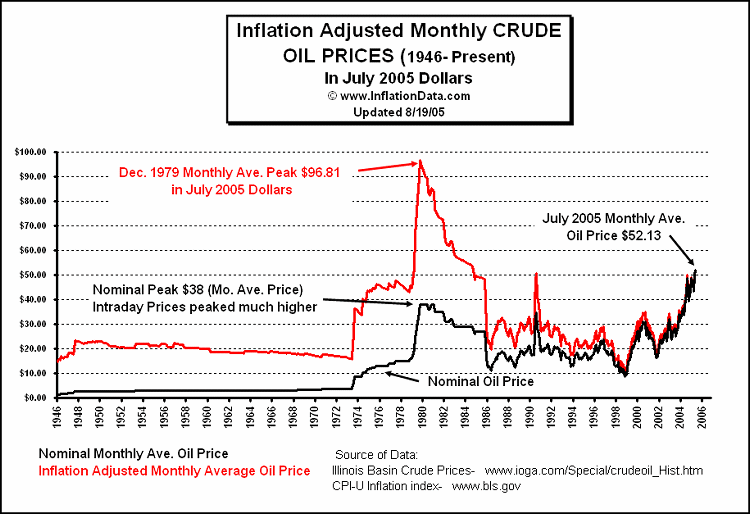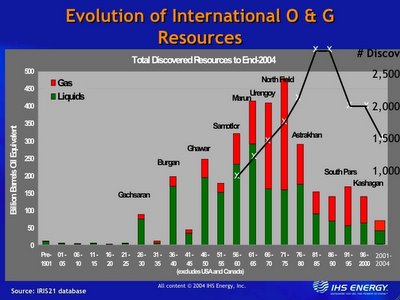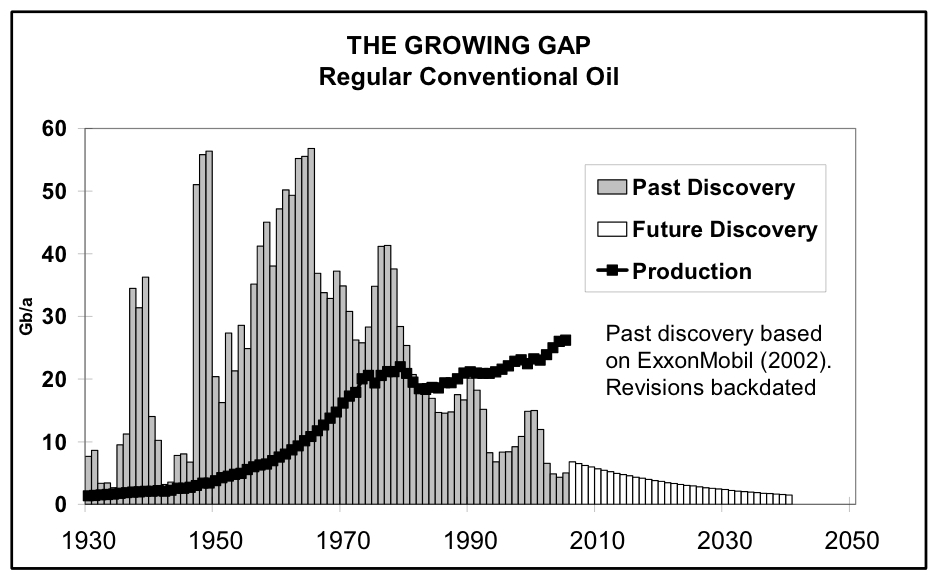Following on from Roland's nanotech post and the posts about industrialising space, it is time again to take a look into the not too distant future and surmise what may be in store for civilisation post peak oil – and contrary to current doomer beliefs, it ain't the stone age by 2025!
By now most people are aware of the modern space elevator concept - a lightweight but ultra strong cable (or more likely a ribbon) reaching to and beyond geosynchronous orbit, allowing climber cars to cheaply carry large payloads into space. The space elevator may sound ludicrous to some people, but the science supporting it is solid and well studied. And as Roland pointed out in his nanotech post, the technology to build the necessary material for the ribbon – structured carbon in the form of the carbon nanotube (CNT) – is rapidly evolving.
Carbon Nano Tube TetherWe know that CNT's have the tensile strength and are lightweight enough to do the job of building a space elevator, and the main issue now is manufacturing enough material at the required strength. For a long time the biggest hurdle was perceived to be the ability to produce
any strength CNT at useful levels, and predictions on when this mass production breakthrough would occur were generally estimated to be well beyond the end of this decade. But then in mid 2005 a
dramatic breakthrough in CNT manufacturing capability occurred:
A team of researcher from the University of Texas, Dallas, and Australia's CSIRO has come up with a way to make strong, stable macroscale sheets and ribbons of multiwall nanotubes at a rate of seven meters per minute.
This breakthrough was quickly applied to many CNT R&D efforts, and already several companies have further advanced the technology, leading the way for wide scale commercial applications and further progress. Bayer is one such company. From yesterdays
press release:
...scientists from Bayer Technology Services have succeeded for the first time in producing high-quality carbon nanotubes on an industrial scale at considerably lower costs than before. They are considerably stronger than steel, enable electricity to travel through plastics and improve the mechanical properties of ceramic materials.
At current production capabilities, it would take less then two years to manufacture enough CNT material to construct the ribbon. The main hurdle remaining is for the product of this industrial scale manufacturing process to reach the appropriate tensile strength, an attribute that is frequently improving. It appears to simply be a matter of waiting for the CNT industry to mature.
Given the leaps and bounds that CNT technology has been making, it is expected that by the end of this decade they will either meet the technical requirements for building the space elevator or be proven infeasible for the job for the foreseeable future. The organisation
Elevator: 2010 have an outlook revolving around this notion:
We firmly believe that the set of technologies that underlie the infinite promise of the Space Elevator can be demonstrated, or proven infeasible, within a 5 year time-frame. And hence our name. Elevator:2010. we promise to get an answer for you by then.
The infinite promise of the Space ElevatorThe bottom line is that a space elevator would make launch costs negligible – which is the biggest barrier against large-scale utilization of space. It's currently several thousand dollars per kilogram to launch into low orbit, and around twenty thousand dollars per kilogram into geosynchronous orbit. The space elevator would lower costs to around a couple of hundred dollars per kilogram, possibly much cheaper. While this level of launch cost reduction is by no means necessary to industrialise space, it would certainly make for rapid and wide-scale utilization of space, catapulting economies the world over into record levels of prosperity and growth.
Though however important the dramatic cost reductions would be to space industrialisation, the advantages of the space elevator go far beyond making space more economical. Other important capabilities that the space elevator would provide include the following:
- Unprecedented launch turn-around time, with regular operations allowing launches every few days, as opposed to the months long average turn around times for rocket launches.
- Capability of lifting payloads far larger and heavier then previously possible.
- Gentle acceleration into orbit allowing for sophisticated and sensitive equipment, resulting in massive improvements in ComSat technology and a far greater understanding of the universe thanks to precise space based scientific equipment
- Ease of achieving low orbit, geosynchronous orbit, or escape orbit.
Low orbit and Earth's gravity could pull a re-entry vehicle to any point on the planet, geosynchronous orbit and any kind of platform, habitat or lab could be constructed without decaying orbits (unlike the ISS), or simply climb beyond the geosynchronous position and let go of the ribbon at the appropriate time and centrifugal force will catapult a space craft into any desired trajectory in the solar system.
- Space based power supply. A space elevator would easily allow for very large scale solar arrays to be established in orbit, collecting massive levels of uninterrupted and unfiltered solar radiation, and sending the power back to Earth either with microwave beams or down the highly conductive CNT ribbon itself. Theoretically a single space elevator could provide more electricity then any known source of power generation.
The development of a space elevator also has considerable benefits long before the system becomes operational. By focusing R&D on mass production of high quality CNT's, those involved with space elevator projects will find themselves at the forefront of a leading edge market with a rapidly growing client base.
Efforts towards the space elevatorLiftPort is a private enterprise striving to build a space elevator, and they understand the benefits of developing and marketing CNT's (and other elevator related tech) long before the space elevator is constructed. They have a sustainable business plan involving subdivisions of the company, LiftPort Nanotech and LiftPort Robotics, which will generate income from some of the component parts needed to build the space elevator such as CNT's and robotic balloon systems. So by striving to be profitable long before the space elevator is operational, they strive to stay in the game, as opposed to the unrealistic philosophy of an "all or nothing" long term approach to building the space elevator, which many opponents to the space elevator unwisely claim as the only way. Joe Julian, administrator of the LiftPort web site summed it up nicely in a discussion about space elevator economics:
Everything we do at LiftPort is geared toward finding shorter term "intermediate" businesses that can be profitable. High altitude robotics have a significant potential for observation, communication and science applications. Carbon Nanotubes are more valuable than gold. Beamed energy, communications, education, advertising... all these industries are profitable and they all relate directly to building the Space Elevator.

My concept of the LiftPort Space Elevator
NASA is also taking the space elevator concept quite seriously. In 1999 the NASA Institute
for Advanced Concepts (NIAC) held a workshop to investigate the possibility of developing a space elevator. A manuscript, entitled simply "
The Space Elevator", resulted from a six-month investigation, marking the beginning of NASA's continuing research into the concept, and possibly marking the very beginning of a new age for NASA and space travel. From the manuscript's introduction:
The study had the same simple title as this manuscript, The Space Elevator. The study itself was far from simple however. The object was to investigate all aspects of the construction and operation of a space elevator, a concept that up until this time had been confined to the realm of science fiction.
For those of you who are pragmatic and down-to-earth, examine the details of this work and I hope it will convince you that there is an interesting development on our horizon.
In 2001 the NIAC commenced its more extensive and expensive Phase II technical and feasibility study of the space elevator concept, the report of which can be found here (PDF):
The Space Elevator NIAC Phase II Final Report.
"The studies were quantitative and detailed, highlighting problems and establishing solutions throughout. It was found that the space elevator could be constructed using existing technology with the exception of the high-strength material required. Our study has also found that the high-strength material required is currently under development and expected to be available in 2 years."
It appears that the NIAC study has also found similar benefits to the space elevator that I listed above:
The return on the $570,000 NIAC investment could eventually become trillions of dollars annually and provide an energy-starved world with clean unlimited power, dramatically improved communications, new resources, new worlds to live on and the ability to understand our planet and the solar system around us at a level impossible with conventional rockets.
As well as investing in research, NASA has added a series of
space elevator related challenges to their
centennial challenge series, in the same spirit as the
Ansari X-prize challenges. We can see how serious NASA is about the space elevator when we take a look at what other developments they are encouraging with their centennial challenges; new space suit parts, techniques for extracting oxygen from lunar regolith, beaming power, telerobotic construction, unmanned aircraft – all techniques and technologies NASA aims to develop in line with it's future ambitions. NASA appears to be placing equal importance to space elevator R&D as to it's current lunar initiative and future vision for space.
CostsCost estimates for building a space elevator are often estimated to be around the $10B figure, though some studies have estimated the figure as high as $40B. The development time is estimated to be around 10 to 15 years. These costs are comparable to the development costs and times for the space shuttle system, and considerably lower then the Apollo program. The return on these investments is easily in the trillions of dollars, though ultimately incalculable.
DisbeliefIf riding an elevator into space (or for that matter industrialising space or building nano-factories) sounds like an impossible dream, and looking at the feasibility studies of these theoretical technologies is something you consider a waste of time, then at least consider the following quote:
"Heavier-than-air flying machines are impossible."
--Lord Kelvin, president, Royal Society, 1895.
In 1895 it was a small minority of individuals pushing to develop heavier-than-air aircraft, while society at large dismissed these individuals as crackpots. Yet against the overwhelming opposition of those insisting that it was impossible, less than a decade later the Wright's flyer took to the air, marking the beginning of a new era. This may not make things seem more realistic to the sceptics, but it should make them realise that every radical new technology ever developed seemed impossible before it became possible. Opening the mind to greater possibilities is the first step towards achieving what seems impossible.
Arthur C. Clarke said it well when during a speech he once gave, someone in the audience asked when the space elevator would become a reality. Clarke answered, "Probably about 50 years after everybody quits laughing." Commenting on this, Pearson, who contributed to NASA's 1999 workshop said: "He's got a point. Once you stop dismissing something as unattainable, then you start working on its development."
Given the serious attention the space elevator concept has received in recent years, as well as the current trends in CNT progress, and the number of business ventures pursuing space elevator concepts, it would appear that almost everybody has 'quit laughing'. Perhaps one of the main challenges now remaining, is not the maturing of CNT technology, or even the engineering challenges yet to be resolved, but the general attitudes towards the space elevator by the public.
Kenneth Deffeyes recently stated, "By 2025, we're going to be back in the Stone Age".
This prediction couldn't be further from our probable future. The ironic thing about this prediction is that by around 2025 the first space elevator should be fully operational, ushering in a new era for humanity that will be as different from our current stage of civilisation, as the industrial age was different from the stone age.
Just as cheap fuel was the catalyst for the considerable growth and progress of the industrial age, cheap access to space will be the catalyst for the near infinite growth and progress of the future. And the space elevator could be the tool for that cheap access to space.
-- by Omnitir




















